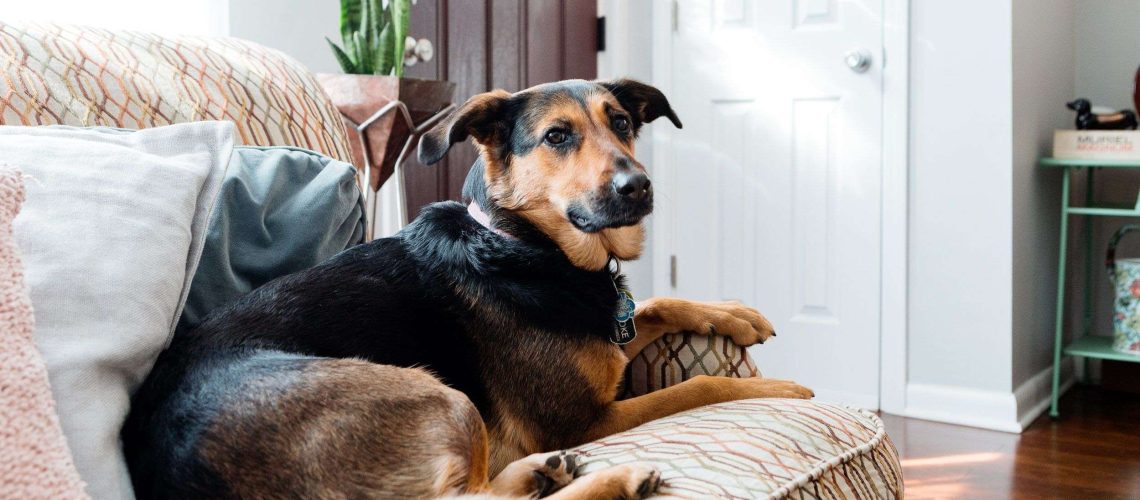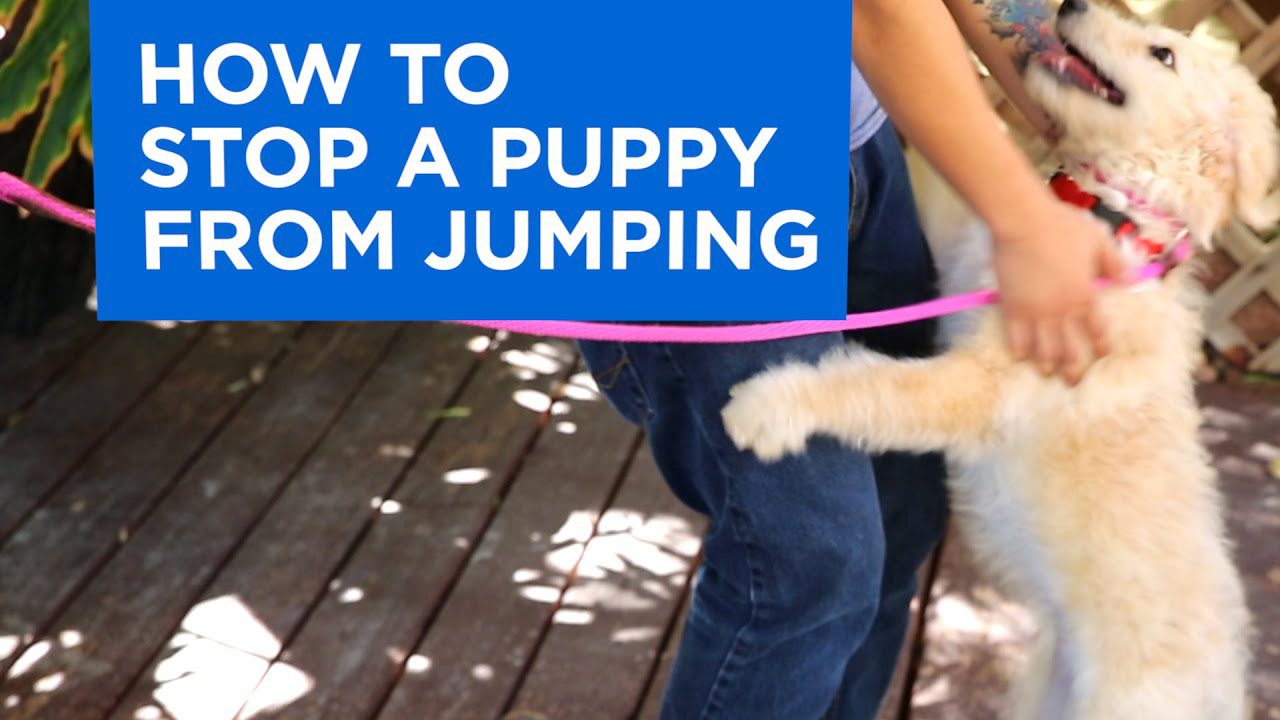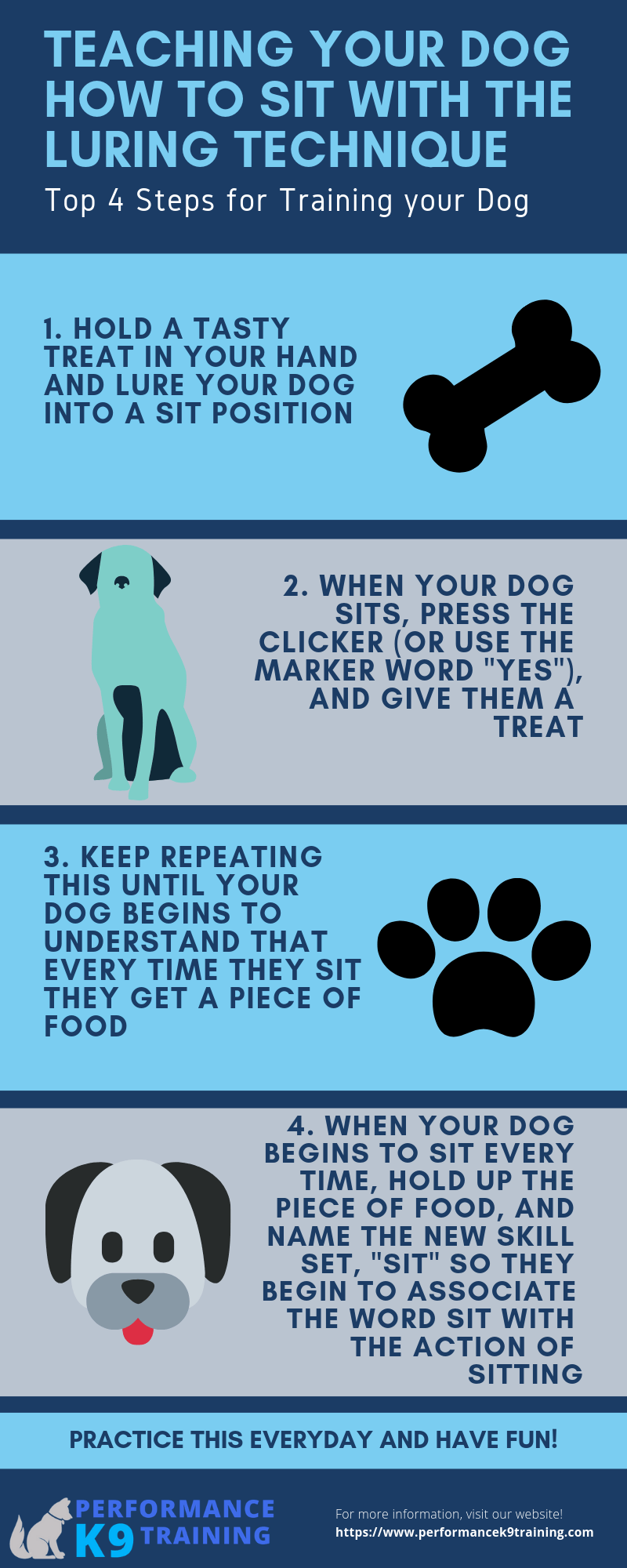Key Takeaways:
- Consistency is key: It is important to consistently use the same command and training techniques when teaching your dog the "off" command.
- Positive reinforcement: Reward your dog with treats or praise when they successfully respond to the "off" command, reinforcing their good behavior.
- Redirecting attention: Teach your dog an alternative behavior, such as sitting or staying, to redirect their attention away from jumping or getting on furniture.
- Start with basic commands: Ensure that your dog has a solid understanding of basic commands like sit and stay before moving on to teaching them the "off" command.
- Patience and persistence: Training takes time, so be patient with your dog and continue practicing the "off" command regularly until it becomes a habit for them.
Are you tired of your furry friend constantly jumping up on people or getting into places they shouldn't be? Well, we have the solution for you! Learning how to train your dog the off command can bring a multitude of benefits to both you and your four-legged companion. Not only will it help improve their behavior and manners, but it will also create a stronger bond between the two of you. Imagine being able to confidently take your dog anywhere without worrying about them causing a ruckus or getting into trouble. With just a little bit of patience and consistency, you can easily teach your dog to understand when it's time to back off. So, let's dive into this essential topic and unlock the secrets to mastering the off command, allowing you and your pup to enjoy a harmonious life together.
What is the off command in dog training and why is it important?
The off command is an essential part of dog training that teaches your furry friend to move away from or stop engaging with something. It helps establish boundaries and teaches dogs what behaviors are unacceptable. By teaching your dog the off command, you can prevent them from jumping on people, furniture, or countertops, and discourage them from grabbing items they shouldn't have.
Having a reliable off command can make your life easier and keep your dog safe. It allows you to control their behavior in situations where they may be tempted to engage in unwanted behaviors. For example, if your dog starts chewing on something they shouldn't, a quick "off" command can redirect their attention and prevent damage or harm.
How to start teaching your dog the off command?
To start teaching your dog the off command, you will need some treats and a quiet environment free from distractions. Follow these steps:
- Hold a treat in your hand with your palm facing up.
- Show the treat to your dog but don't let them have it just yet.
- Say "off" firmly but not aggressively.
- Slowly lower your hand towards the ground while saying "off."
- If your dog backs away or moves their paws off the treat, praise them and give them the treat as a reward.
- Repeat this process several times until your dog consistently responds to the "off" command by moving away from the treat without touching it.
Effective techniques to reinforce the off command with your dog
Once your dog understands the basics of the off command, there are several techniques you can use to reinforce their understanding and improve their response:
- Consistency: Use the off command consistently in various situations where your dog needs to move away or stop engaging with something. This helps them generalize the command and understand that it applies to different contexts.
- Positive reinforcement: Whenever your dog responds correctly to the off command, reward them with praise, treats, or a favorite toy. Positive reinforcement strengthens their association between the command and the desired behavior.
- Gradual increase in difficulty: Once your dog is proficient at responding to the off command in controlled environments, gradually introduce more challenging situations. For example, practice the off command when there are distractions or temptations around.
Common challenges and mistakes to avoid when training your dog the off command
Training your dog the off command can sometimes be challenging, but being aware of common pitfalls can help you avoid them:
- Inconsistency: Using different words or gestures for the same command can confuse your dog. Stick to one clear cue for the off command.
- Negative reinforcement: Avoid scolding or punishing your dog when they don't respond immediately. Negative reinforcement can create fear and anxiety, making it harder for them to learn.
- Lack of patience: Learning takes time, and each dog learns at their own pace. Be patient and consistent with your training sessions, celebrating small successes along the way.
How long does it take for a dog to learn and respond to the off command?
The time it takes for a dog to learn and respond to the off command varies depending on several factors such as breed, age, temperament, and previous training experiences. Some dogs may pick up on it quickly, while others may need more time and practice.
On average, with consistent training sessions and reinforcement, most dogs can start understanding and responding to the off command within a few weeks. However, it's important to remember that every dog is unique, so be patient and adjust your training approach based on their progress.
Real-life situations where using the off command would be helpful
The off command can be incredibly useful in various real-life situations:
- Greeting visitors: If your dog tends to jump on people when they enter your home, using the off command can teach them to keep all four paws on the ground.
- Counter surfing: Dogs are notorious for trying to grab food from countertops or tables. By using the off command consistently, you can prevent them from stealing food or potentially dangerous items.
- Exploring restricted areas: Whether it's a room you want to keep off-limits or a garden bed you don't want your dog digging in, the off command helps establish boundaries and keeps your dog away from prohibited areas.
Continuing practice and reinforcement of the off command once your dog has learned it
Even after your dog has learned and responded well to the off command, it's important to continue practicing and reinforcing their understanding:
- Regular refreshers: Set aside short training sessions each week dedicated to practicing commands like "off." This helps maintain their responsiveness and strengthens their association between the command and desired behavior.
- Random scenarios: Test your dog's response in different situations by incorporating unexpected scenarios during walks or playtime. This helps solidify their understanding of the off command in various contexts.
- Lifelong reinforcement: Consistently reinforce the off command throughout your dog's life. This ensures that they continue to understand and respond appropriately, even as they encounter new environments or distractions.
In conclusion, training your dog to understand the off command is important for their safety and the well-being of others. With patience, consistency, and positive reinforcement, you can teach your dog to respond appropriately when told to get off or stop jumping up on people.
Does telling a dog off work?
Scolding or expressing anger towards your dog when they behave in a way you don't approve of is likely to have negative effects. If you come home to find your dog has scratched the floor or used the bathroom indoors, they won't understand why you're reprimanding them because they don't comprehend that these actions are considered "wrong".
What is a trick you shouldn't teach your dog?
While it is generally fine for a dog to sit or lie down on command, certain tricks such as jumping, spinning, or giving high fives and kisses can lead to problems for both you and your dog.
How long does it take dog to learn down command?
Q: In what time frame can a dog be trained to lie down? A: Typically, most dogs can be taught to lie down with a verbal command within three to ten training sessions, each lasting around 10 minutes. However, it's important to note that every dog is unique and some may take longer to understand the desired behavior, which is perfectly normal.
How long should a dog stay on command?
In the beginning, do not anticipate that he will stay for more than 10 seconds. Gradually increase the duration as you continue to practice. Gradually introduce distractions, such as people passing by, toys, and the sound of the doorbell. Keep extending the amount of time your dog stays in his designated spot. Do not feel guilty for him; this should be a calm and peaceful time for the dog.
What are the 7 dog commands?
Sit, stay, down, come, off, heel, and no are essential commands that every dog should be taught. Dog Trainer Brandon McMillan strongly believes in establishing these fundamental training techniques from an early stage.
How do I tell my puppy off?
Address bad dog behavior promptly and firmly whenever it occurs by using a strong voice, a loud sound such as a hand clap, or redirecting their attention with a chew toy when they engage in biting behavior. Remember to provide praise for obeying your commands. Make sure to supervise puppies at all times.

















